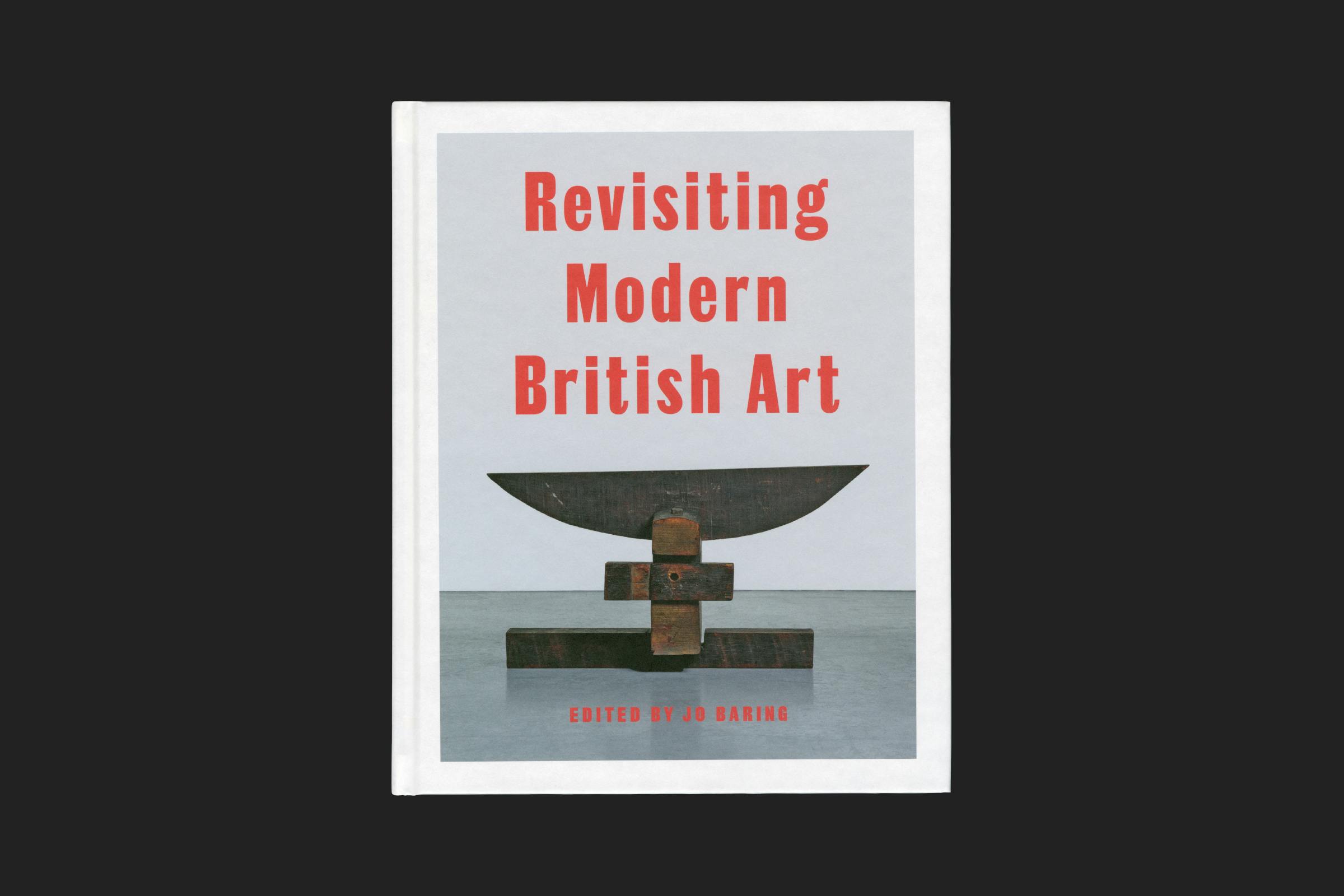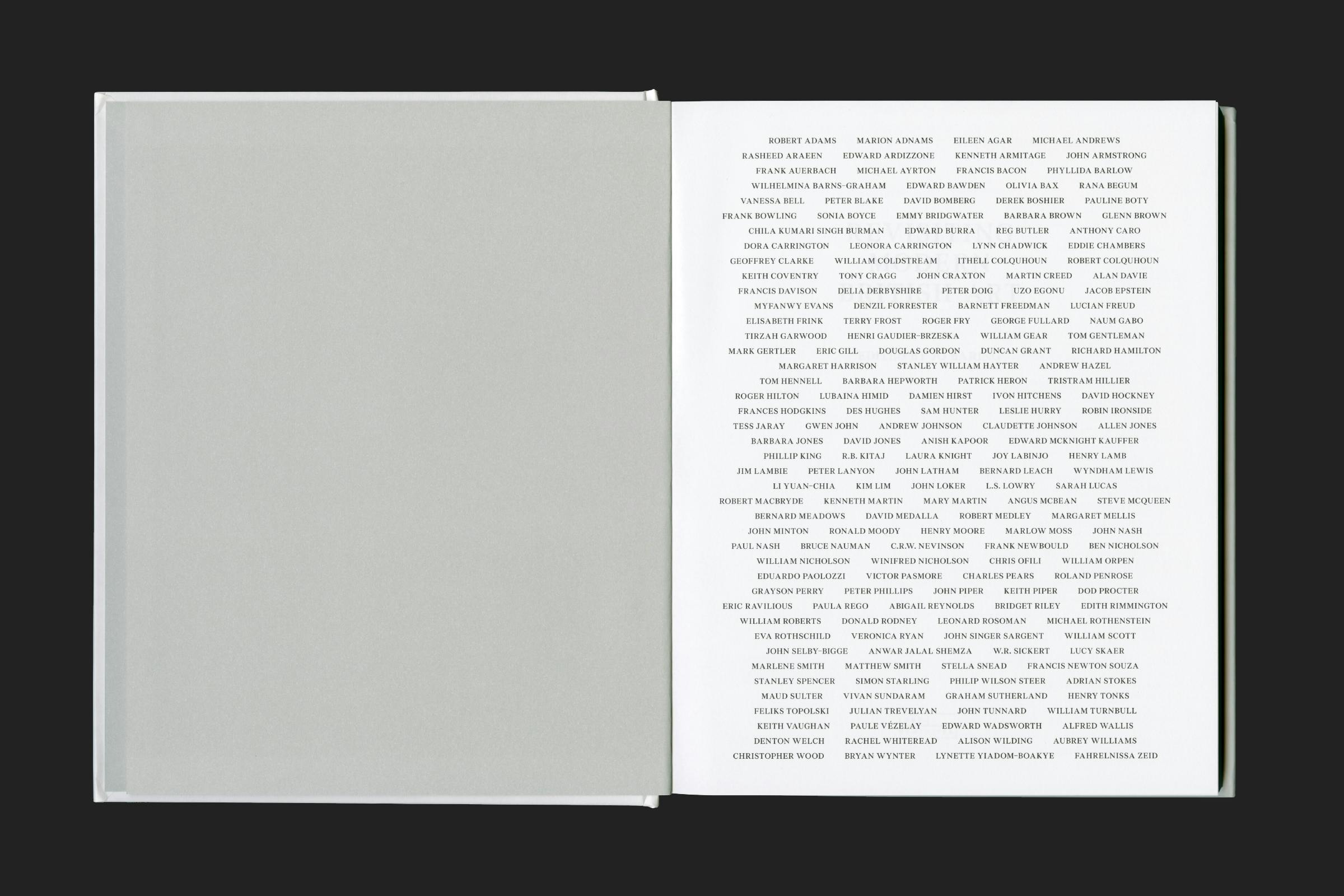
Revisiting Modern British Art
Revisiting Modern British Art is a wide-ranging and thought-provoking publication presenting new perspectives on established narratives on the widely covered subject of modern art in Britain from the early 20th-century through to the present day. Featuring contributions from a variety of experts, the texts reassess subjects such as Surrealism, the rise of private patronage, and explorations on nationality. Illustrated heavily throughout.
The design of the book plays on the ‘British’ tradition, pulling on a host of classical historical references that often also included international input. From celebrated journals such as The Criterion*, Horizon† and Typographica‡, to the many works of Herbert Reed, the influential group catalogue ‘Circle’, and a variety of other publications with contributions by featured artists such as Vanessa Bell, Ben Nicholson, Edward Bawden and John Piper.
Client
Lund Humphries
Category
Editor
Jo Baring
Format
210 × 260 mm
Extent
176pp
Binding
Section Sewn
Typefaces
Thorowgood Grotesque, Burgess
The book is split into two sections, highlighted through the use of a bold colour dividing page, titled ‘MOMENTS’ and ‘STRUCTURE’ in a heavy weight of the recently revived Thorowgood Grotesque. One of the earliest sans serif designs to be commercially available in Britain – a strong, characterful contrast to the serif body text.
Each essay starts with a divergent layout to the rest of the book – a single column of text with a large all-caps title that draws attention to the beginning of a new chapter, before continuing with a double-column layout.
Imagery is often pulled out and enlarged. Positioned to draw attention to relationships between works and sized to indicate their scale in comparison to each other.
Texts are set in the serif typeface, Burgess, by Colophon Foundry. An idiosyncratic and subjective reinterpretation of mid-century Times New Roman – a contemporary interpretation of the almost ubiquitous work of Stanley Morrison, who first created this type style in 1931. Created using the more decorative bold weight as a starting point, this approach gives the lighter text weight of Burgess a higher level of contrast between line weights than the original source material.
* The Criterion was a British literary magazine published from October 1922 to January 1939, dedicated to the maintenance of standards and the reunification of a European intellectual community. It was, for most of its run, a quarterly journal, although for a period in 1927–28 it was published monthly. It was created by the poet, dramatist, and literary critic T. S. Eliot who served as its editor for its entire run. It included contributions from many influential writers, such as Luigi Pirandello, Virginia Woolf, Ezra Pound, E. M. Forster, and W. B. Yeats.
† Horizon: A Review of Literature and Art was a literary magazine published in London, UK, between 1939 and 1950. Published every four weeks, it was edited by Cyril Connolly, who made it into a platform for a wide range of distinguished and emerging writers. Connolly founded Horizon after T. S. Eliot ended The Criterion in January 1939, with Peter Watson as its financial backer and de facto art editor, and Stephen Spender as an uncredited associate editor until early 1941. It made a significant impact on the arts during and just after the war, featuring special issues dedicated to Irish, Swiss, and American art.
‡ Typographica was a visual arts magazines published by Lund Humphries in two series from 1949 to 1967. The brainchild of a 25-year-old typographer, Herbert Spencer (1924–2002), it was unusual not only for the originality of its editorial vision and its exceptional production values, but also for its longevity, especially since it was never expected to make a profit. The magazine featured contributors from both Britain and abroad, exploring the international and domestic arts scenes.

